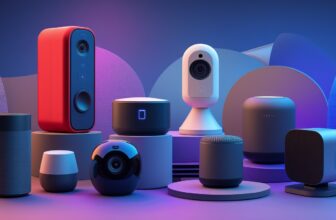The Future of Smart Home Technology: IoT Integration and Smart Home Solutions
Advances in home networking have brought about the rise of a thing called IoT or Internet of Things. With the rise of the Internet of Things (IoT) and the increasing popularity of smart home devices, the future of home networking looks fun and promising. This article explores the exciting developments in IoT integration and smart home solutions, highlighting their benefits, challenges, and the impact they will most likely have on your life.
Intro
Welcome to the future of home networking! In these exciting times, our homes are becoming smarter and more connected than ever before. With the integration of the Internet of Things (IoT), our everyday lives are about to transform in amazing ways. Imagine having the power to control and communicate with various devices in your home using your smartphone or even just your voice. This means more convenience, energy efficiency, and enhanced security, all at your fingertips. Get ready to embrace a new level of comfort and control as we dive into the fascinating world of IoT integration in our homes.

The Internet of Things (IoT)
In simple terms, the Internet of Things (IoT) refers to the concept of communicating with connected physical devices and everyday objects to the Internet. These devices, equipped with sensors and smart technology, can gather data, communicate, and be controlled remotely. Think of it as a vast network of smart devices working together to make our lives easier and more efficient.
IoT devices can be anything from smart thermostats and security cameras to wearable fitness trackers and even smart appliances like refrigerators. They all share the ability to collect and exchange data with other devices and systems, allowing us to interact with them in innovative ways.
The magic of IoT integration lies in its potential to create a more interconnected and intelligent living environment. It enables us to automate tasks, monitor our homes from anywhere, and personalize our experiences. Imagine waking up to a home that knows your preferred temperature, has brewed your morning coffee, and starts playing your favorite music—all without you lifting a finger.
Furthermore, IoT integration enhances home security, making it easier to keep an eye on our homes and loved ones even when we’re not there. With connected cameras and smart locks, we can receive real-time alerts and have peace of mind knowing that our home is safe and secure.
As IoT technology continues to evolve, the possibilities are limitless. From energy-saving solutions to health and wellness applications, the Internet of Things is transforming the way we live, bringing us closer to a more connected and smarter future. So get ready to experience the wonders of IoT integration as we explore the exciting innovations that lie ahead in home networking.
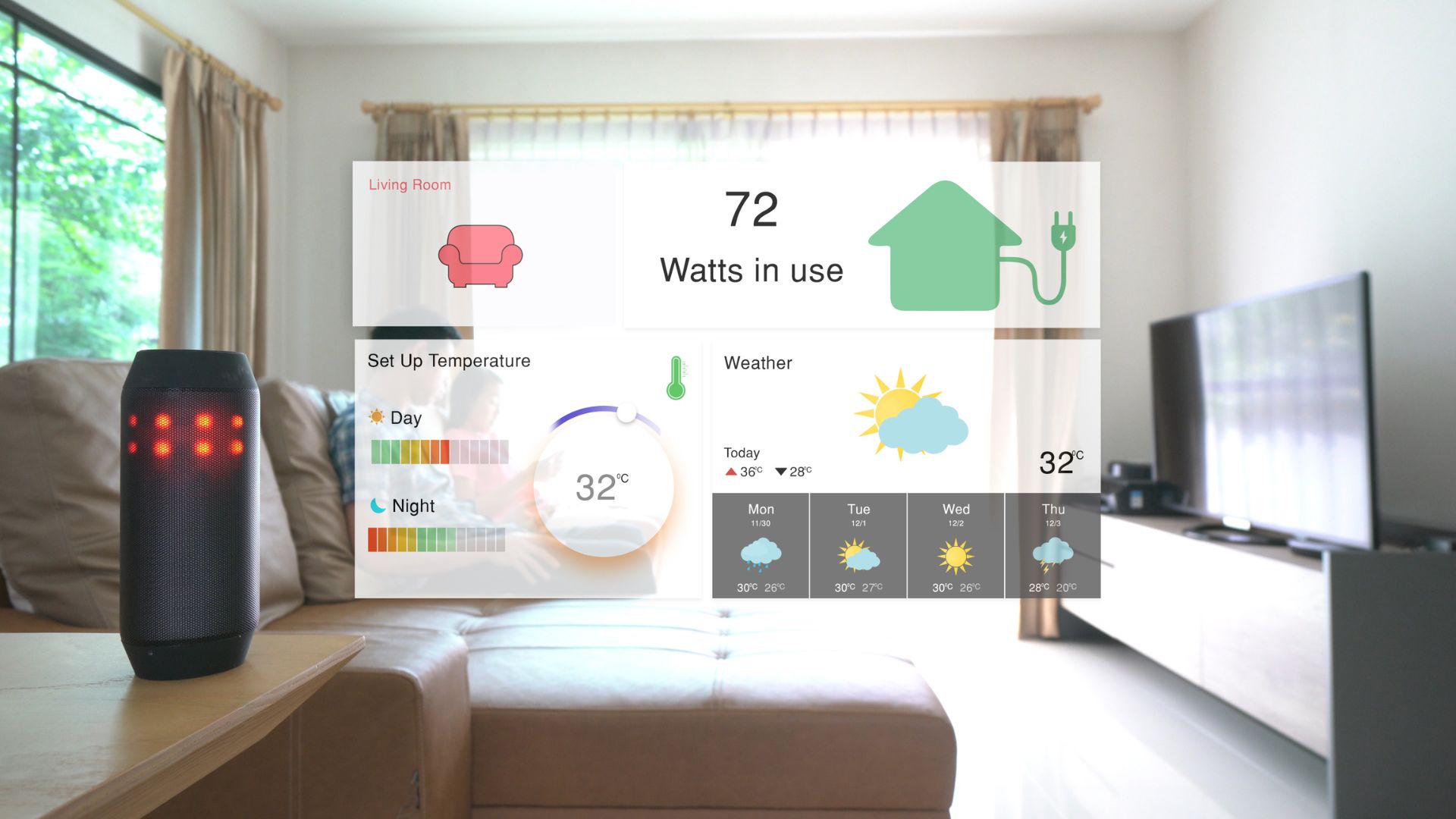
Benefits of IoT Integration in Home Networking:
The integration of IoT (Internet of Things) devices into our home networks brings several advantages that make our lives easier and more comfortable. Here’s a simple explanation of how IoT integration benefits us:
Convenient Remote Control:
- With IoT integration, you can control various devices in your home from anywhere using your smartphone or voice commands. Imagine turning on the air conditioner or adjusting the thermostat on your way back from work or switching off the lights when you forgot to do it before leaving. It saves you the hassle of manually managing devices, making life more convenient.
Energy Efficiency:
- IoT devices like smart thermostats and smart lighting systems help you save on energy bills. These devices learn your preferences and automatically adjust settings to optimize energy usage. For example, they can turn off the lights when no one is in the room or adjust the temperature to save energy when you’re away. It helps you be more environmentally friendly and saves money.
Improved Home Security:
- IoT integration enhances your home security with devices like smart cameras and smart locks. You can monitor your home in real-time from your smartphone, get instant alerts if any unusual activity is detected, and even remotely lock or unlock doors. It provides peace of mind knowing that your home and loved ones are safe.
Automation and Efficiency:
- IoT integration allows for the automation of tasks in your home. You can set up routines and schedules for your devices, so they work together harmoniously. For example, you can create a morning routine that turns on the lights, starts the coffee maker, and adjusts the thermostat to your preferred temperature—all with a single command or automatically at a specific time. It simplifies your daily routines and saves time.
Enhanced Comfort and Personalization:
- IoT devices can personalize your living space to suit your preferences. Smart thermostats can learn your temperature preferences and adjust accordingly. Smart speakers can provide personalized music playlists and news updates. It creates a more comfortable and enjoyable living environment tailored to your needs.
Flexibility and Control:
- With IoT integration, you have flexibility and control over your home. Whether you’re at home, work, or on vacation, you can manage your devices remotely. You can check if you left the garage door open, turn on the air conditioner before you arrive home on a hot day, or ensure the lights are off to save energy when you’re not there. It gives you peace of mind and control over your home no matter where you are.
Smart and Connected Living:
- IoT integration turns your home into a smart and connected living space. Devices work together seamlessly, allowing you to interact with your home in a more intuitive and modern way. It brings technology into your daily life, making things easier, more efficient, and enjoyable.
In summary, IoT integration in home networking offers convenience, energy savings, enhanced security, and a more personalized living experience. It empowers you to have control over your home, creates a more connected living space, and makes your daily routines smoother and more enjoyable.
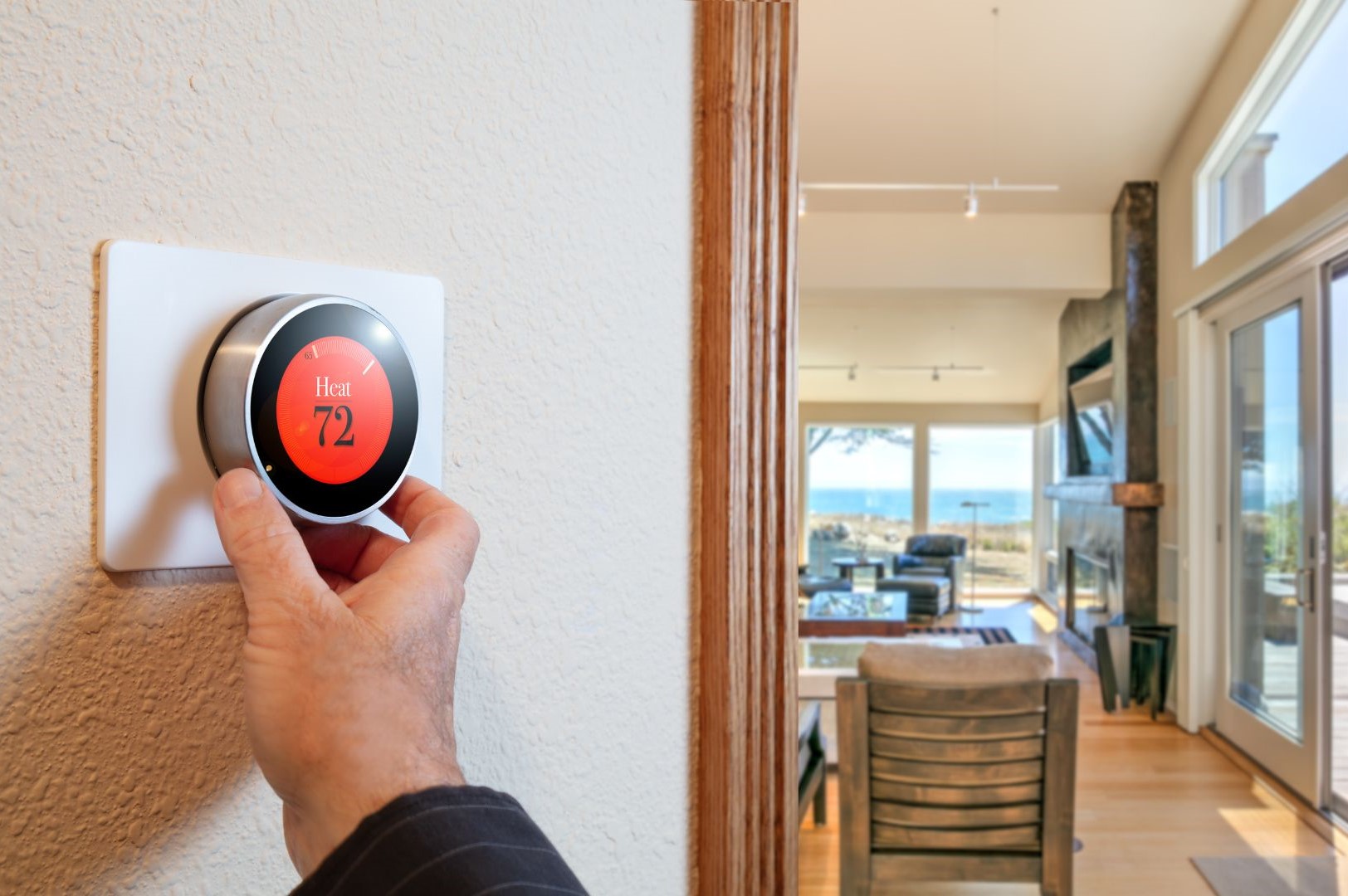
Basic Setup of IoT Devices:
Smart Thermostat:
- Basics of Setting Up:
- Purchase a compatible smart thermostat and ensure you have a stable Wi-Fi network at home.
- Install the smart thermostat by following the manufacturer’s instructions. It usually involves removing the old thermostat, connecting the wires, and mounting the new device on the wall.
- Power on the smart thermostat and follow the on-screen prompts to configure basic settings like language and location.
- Connect the thermostat to your home Wi-Fi network by entering the network name and password through the thermostat’s interface.
- Once connected, you can control the thermostat remotely using a smartphone app or voice commands if it supports virtual assistants like Amazon Alexa or Google Assistant.
Smart Security Camera:
- Basics of Setting Up:
- Purchase a smart security camera that fits your needs, such as indoor or outdoor use.
- Find a suitable location to mount the camera, ensuring it has a clear view of the area you want to monitor.
- Plug in the camera and connect it to your Wi-Fi network using the manufacturer’s app or provided setup instructions.
- Create an account on the camera’s app and follow the step-by-step setup process, which typically involves scanning a QR code or entering a unique code provided with the camera.
- Once set up, you can access the live feed and receive notifications on your smartphone whenever motion is detected or events occur.
Smart Lighting System:
- Basics of Setting Up:
- Choose a smart lighting system that matches your preferences and the type of bulbs you want to control (e.g., LED bulbs).
- Replace your existing light bulbs with smart bulbs, following the instructions provided by the manufacturer.
- Install the smart lighting hub or bridge, which acts as a central control point for all the bulbs, and connect it to your home Wi-Fi network.
- Download the associated app for the smart lighting system and create an account.
- Use the app to discover and pair the smart bulbs with the hub. Once paired, you can control the brightness, color, and schedule of your lights through the app or using voice commands with compatible virtual assistants.
Setting up IoT devices is typically designed to be user-friendly, even for those without extensive technical knowledge. Manufacturers provide detailed guides and intuitive apps to facilitate the setup process, making it accessible to laypersons who want to embrace the benefits of the Internet of Things in their everyday lives.
Basics of Setting Up an Amazon Echo Dot:
Unboxing and Powering On:
- Unboxing the Amazon Echo Dot:
- Open the package and take out the Amazon Echo Dot device and its power adapter.
- Place the Echo Dot in a central location, away from walls and obstructions for better voice recognition.
- Plug the power adapter into the Echo Dot and a power outlet.
Connecting to Wi-Fi:
- Connecting the Echo Dot to Wi-Fi:
- The Echo Dot will display an orange light, indicating it’s in setup mode.
- Download the “Amazon Alexa” app on your smartphone from the App Store or Google Play Store.
- Open the app and sign in with your Amazon account. If you don’t have one, you can create it within the app.
- Follow the on-screen instructions to set up a new device and select “Echo Dot” from the list of available devices.
- The app will prompt you to connect your phone to the Echo Dot via Bluetooth for initial setup.
Alexa Setup:
- H2: Setting Up Alexa on the Echo Dot:
- Once the Echo Dot is connected to your phone, the app will ask you to select your preferred language.
- Connect the Echo Dot to your home Wi-Fi network by entering the Wi-Fi password in the app when prompted.
- After connecting to Wi-Fi, the Echo Dot will install any necessary updates, which might take a few minutes.
- When the setup is complete, the Echo Dot will greet you, and the light ring will turn blue, indicating it’s ready to use.
Interacting with Alexa:
- Interacting with Amazon Alexa:
- To wake Alexa, say the wake word “Alexa” or “Echo” followed by your command or question.
- You can ask Alexa to perform various tasks, such as playing music, setting timers, controlling smart home devices, providing weather updates, answering general questions, and more.
- Use voice commands starting with “Alexa” to make your requests clear, and Alexa will respond accordingly.
Customizing Settings:
- Customizing Amazon Alexa Settings:
- Open the “Amazon Alexa” app on your phone to access the Alexa settings.
- In the app, you can customize various preferences, such as the language, time zone, and measurement units.
- You can also add skills and enable smart home device integration to expand Alexa’s capabilities.
- Explore the app to discover other settings and features that suit your preferences and needs.
Setting up an Amazon Echo Dot is a straightforward process, and the Alexa app guides you through each step to ensure a smooth experience. Once set up, you can start enjoying the convenience of Alexa’s voice-controlled functionalities and explore the wide range of skills and smart home integrations available for a more personalized and connected experience.
Challenges of Home Networking and IoT Integration
A major challenge is data security and privacy. With the increase in connected devices, the amount of sensitive data being transmitted and stored also increases. Protecting this data from unauthorized access and cyber threats becomes paramount. Manufacturers and service providers need to implement robust security measures and encryption protocols to safeguard user information.
Security and Privacy Concerns
The integration of IoT devices into home networks raises concerns about security and privacy. Vulnerabilities in IoT devices can potentially expose our homes to cyber-attacks and unauthorized access. Manufacturers should prioritize security measures such as regular firmware updates, strong authentication protocols, and encryption to mitigate these risks.
Data privacy is another important aspect to consider. IoT devices collect vast amounts of data, including personal information and usage patterns. It is crucial for manufacturers and service providers to be transparent about data collection practices, obtain user consent, and implement secure data storage and transmission mechanisms.

The Impact of IoT on Everyday Life:
Home networking and the integration of IoT devices like smart thermostats, security cameras, and smart lighting will have a significant impact on how we live and interact with our homes. Here’s how it will make our daily lives better and more convenient:
Convenience at Your Fingertips:
- With home networking, you can control various devices remotely using your smartphone or voice commands. Imagine adjusting your thermostat, turning on the lights, or checking security cameras from anywhere, even when you’re not at home. It saves time and effort, making life more convenient.
Smart Energy Savings:
- Home networking helps you save on energy bills by optimizing the usage of devices. Smart thermostats can learn your preferences and adjust temperature settings accordingly, ensuring efficient energy use. Smart lighting systems can automatically turn off when no one is in the room, reducing unnecessary energy consumption.
Enhanced Home Security:
- Thanks to IoT integration, your home will be more secure than ever. Smart security cameras, motion sensors, and smart locks keep your property safe. You can monitor your home in real-time, get alerts for any unusual activity, and even grant access remotely. It brings peace of mind knowing your loved ones and belongings are protected.
Your Home, Your Personal Assistant:
- IoT integration will turn your home into a personal assistant. Voice-controlled devices like smart speakers can help with tasks, set reminders, and answer questions. You can use your voice to play music, check the weather, or add items to your shopping list, making your daily routines smoother.
Healthier and Safer Living:
- Home networking extends to health and wellness applications. Smart devices can track your sleep patterns, and physical activity, and even monitor air quality. This information can help you make healthier choices and create a safer living environment for your family.
Flexibility and Peace of Mind:
- With home networking, you’re always connected to your home. Whether you’re at work or on vacation, you can check in on things, receive notifications, and control devices remotely. It gives you the flexibility to adapt to changing circumstances and ensures you always know what’s happening at home.
Innovation and Exciting Possibilities:
- The future of home networking holds exciting innovations like augmented reality and virtual reality experiences within smart homes. Imagine visualizing and interacting with your smart home environment through immersive technologies, taking home management to a whole new level.
Home networking and IoT integration will transform the way we live, making our homes smarter, more efficient, and safer. It empowers us with convenience, energy savings, and control, creating a more enjoyable and connected living experience. As technology continues to evolve, the possibilities for innovative improvements in home networking are endless, promising a brighter and more exciting future for our everyday lives.
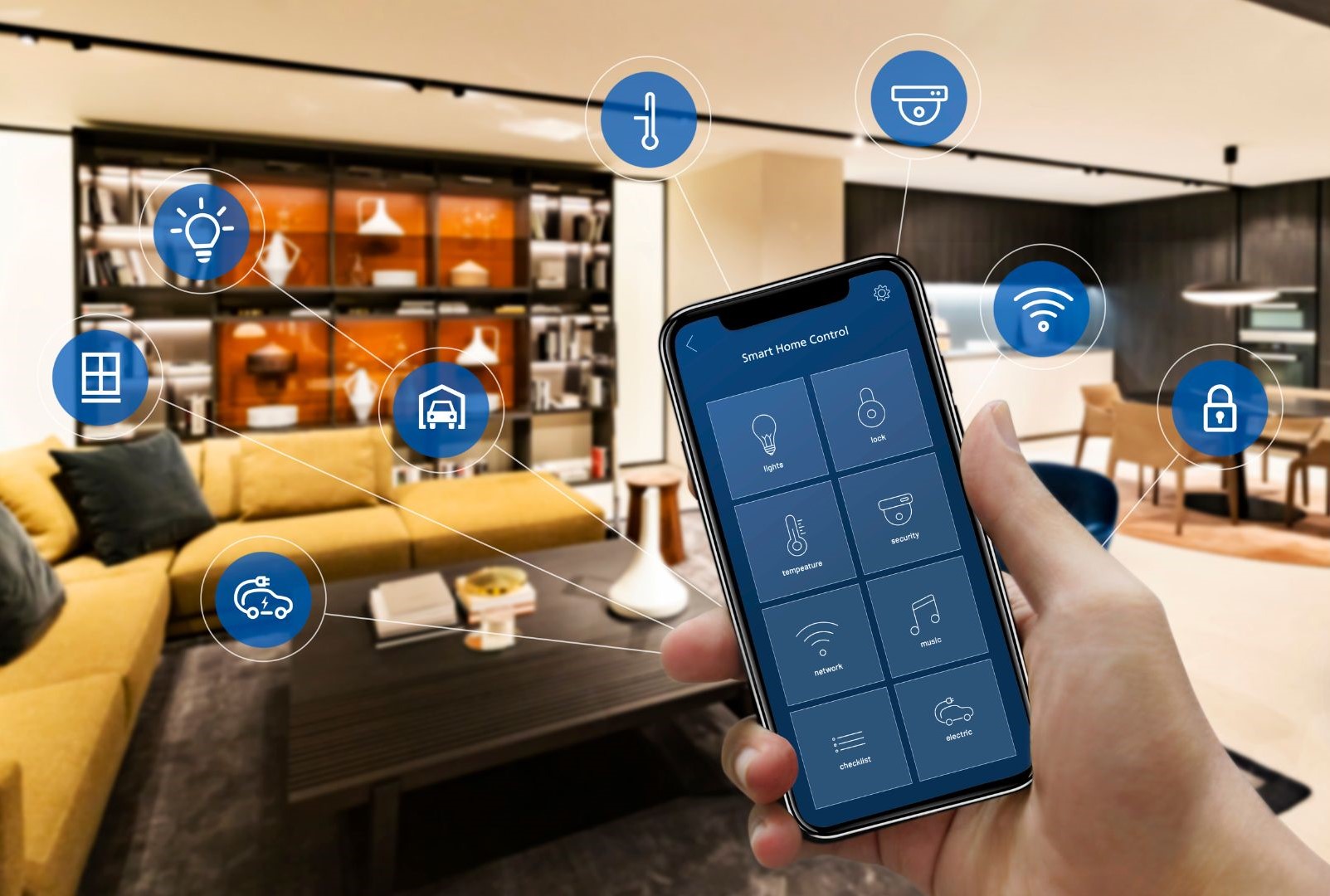
Future Innovations in Home Networking:
Enhanced Connectivity and Automation:
- Smarter and More Connected Homes:
- In the future, home networking will become even more intelligent, allowing devices to communicate seamlessly with each other.
- Homes will be able to anticipate our needs and automate tasks, making daily routines more convenient and efficient.
Personalized Experiences with AI:
- AI-Powered Smart Homes:
- Artificial Intelligence (AI) will play a significant role in home networking, enabling personalized experiences tailored to each individual’s preferences.
- Smart home devices will learn from our behaviors and adapt to provide customized solutions.
Augmented Reality (AR) and Virtual Reality (VR) Integration:
- Immersive Interactions in Smart Homes:
- Smart homes will integrate with AR and VR technologies, allowing us to interact with our living spaces in immersive and exciting ways.
- Imagine visualizing and controlling devices through virtual interfaces, making home management more intuitive and engaging.
Advanced Security and Privacy Measures:
- Safeguarding Our Connected Homes:
- As home networking grows, there will be an increased focus on robust security measures to protect our privacy and data.
- Manufacturers will implement stronger encryption and authentication protocols to ensure the safety of our smart homes.
Seamless Device Integration:
- Simplified Connectivity Among Devices:
- Future home networking systems will prioritize seamless integration among various IoT devices, regardless of their brands or types.
- This means that devices from different manufacturers will be able to work together smoothly, making smart home ecosystems more versatile.
Energy Efficiency and Sustainability:
- Eco-Friendly Smart Homes:
- Home networking will contribute to a more sustainable future by promoting energy efficiency and eco-friendly practices.
- IoT devices will help us monitor and manage energy consumption, reducing waste and promoting greener living.
Edge Computing for Real-Time Responsiveness:
- Faster and More Responsive Smart Homes:
- Edge computing will enable devices to process data locally, reducing delays and improving real-time responsiveness in our smart homes.
- This means quicker automation and more immediate control over our connected devices.
Integration with Smart Cities:
- Connected Living in Smart Cities:
- Home networking will integrate with broader smart city initiatives, creating interconnected ecosystems that enhance urban living.
- Smart homes will communicate with public services, transportation systems, and other urban infrastructure to improve overall city efficiency.
Health and Wellness Applications:
- Promoting Health and Well-Being:
- Home networking will extend to health and wellness applications, with smart devices helping us monitor and manage our well-being.
- From tracking fitness goals to providing health insights, smart homes will contribute to healthier lifestyles.
Enhanced Voice and Gesture Control:
- Intuitive Interactions with Smart Homes:
- Smart homes will offer more advanced voice and gesture control options, making interactions with devices more natural and effortless.
- We’ll be able to control our smart homes with simple voice commands and gestures.
In the future, home networking will continue to evolve, making our living spaces more intelligent, personalized, and sustainable. With advancements in AI, AR, and security measures, smart homes will become an integral part of our daily lives, enhancing convenience, efficiency, and comfort for everyone.
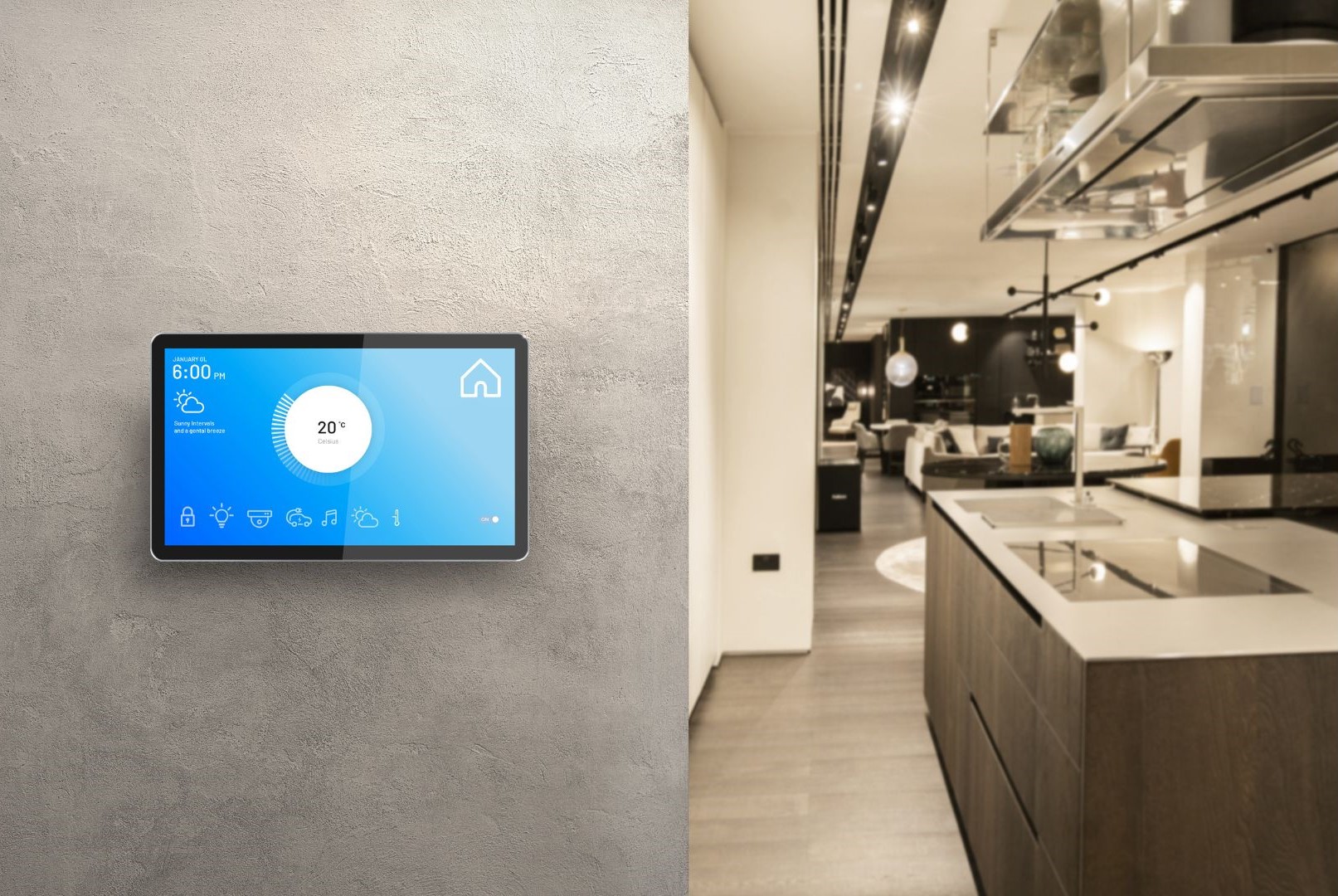
Conclusion
The future of home networking is shaped by the integration of IoT devices and smart home solutions. The seamless connectivity and automation provided by IoT integration enhance convenience, efficiency, and security in our homes. However, challenges such as interoperability, security, and privacy must be addressed to fully realize the potential of home networking. As technology continues to evolve, we can expect exciting innovations that will transform our homes into smart and interconnected living environments, offering unparalleled control, comfort, and efficiency.
FAQs
What is home networking? Home networking refers to the establishment of a local area network (LAN) within a residence, enabling devices to connect and communicate with each other, providing internet access, and facilitating data sharing.
What is the Internet of Things (IoT)? The Internet of Things (IoT) refers to the network of physical devices embedded with sensors, software, and connectivity, allowing them to collect and exchange data, enabling automation, control, and monitoring.
How does IoT integration benefit home networking? IoT integration enhances home networking by providing convenience, energy efficiency, and security. It allows for remote control of various devices, optimized energy usage, and improved home security through connected devices.
What are smart home solutions? Smart home solutions encompass a range of technologies and devices that work together to create an intelligent living environment. These solutions integrate IoT devices, enabling automation, enhanced security, and energy efficiency.
What are the challenges in home networking and IoT integration? Challenges in home networking and IoT integration include interoperability among devices and platforms, data security, and privacy concerns. Efforts are being made to address these challenges through standardization and robust security measures.
The future of home networking lies in the integration of IoT devices and smart home solutions. This integration brings numerous benefits, including convenience, energy efficiency, and enhanced security. While there are challenges to overcome, such as interoperability and security concerns, the advancements in technology will continue to shape the way we live and interact with our homes. With the promise of innovative developments on the horizon, the future of home networking is bright and promising.
Last update on 2025-10-10 at 07:35 Affiliate links and Images from Amazon Product Advertising API











 Amazon.com
Amazon.com




